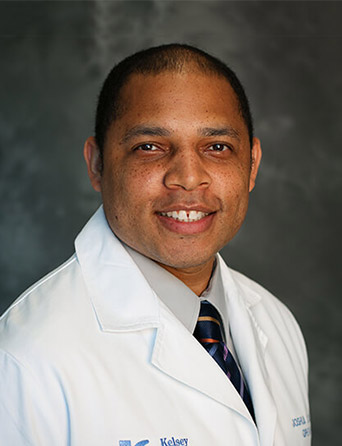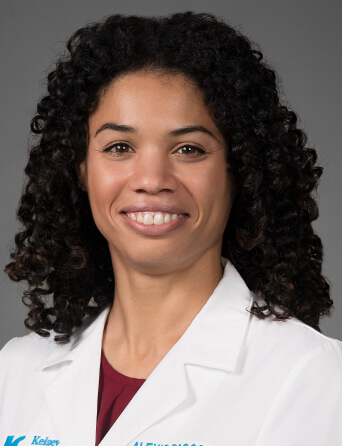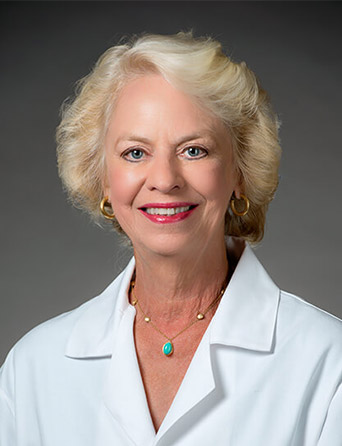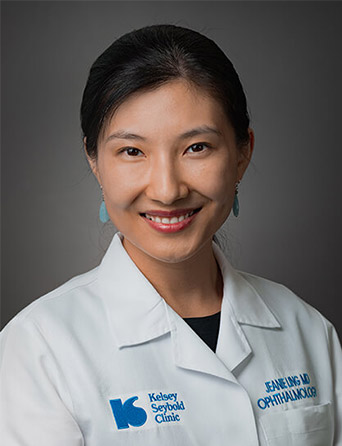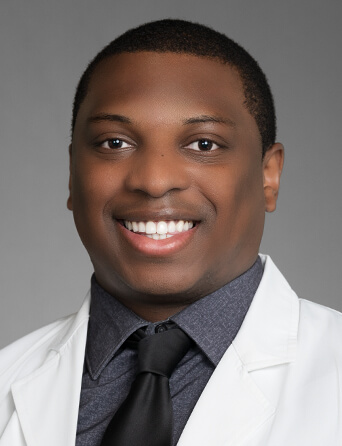Join Our eNewsletter!
Subscribe to our monthly newsletter to receive encouraging advice to help you lead a healthy lifestyle.
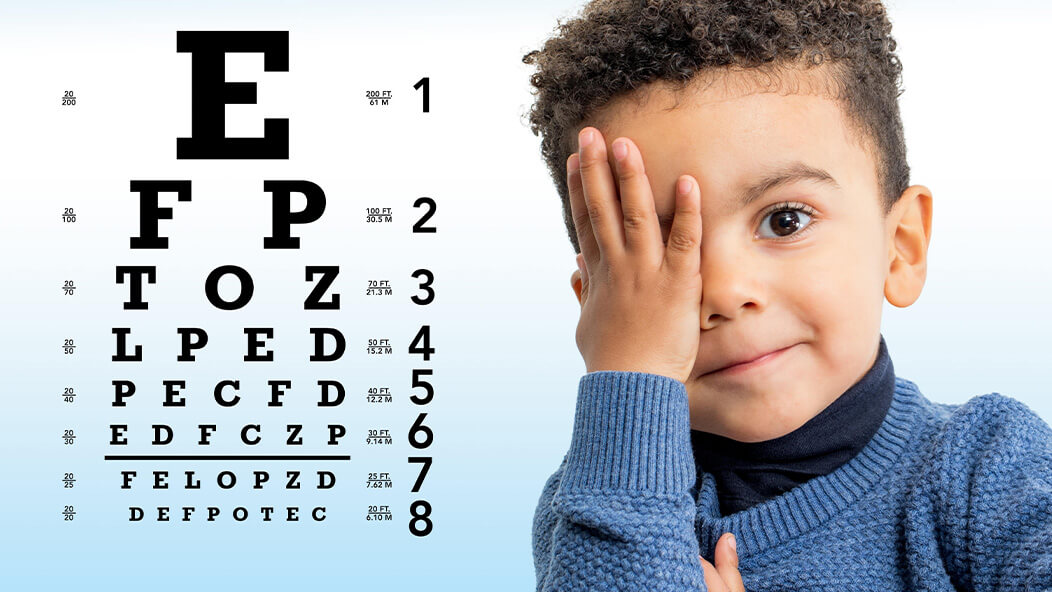
Don't Overlook Childhood Vision Problems
Unlike adults, who are able to easily recognize changes in their vision, children frequently don’t realize they have vision problems or are unable to articulate them to their parents. Yet, according to the Centers for Disease Control and Prevention (CDC), approximately 6.8% of children under 18 in the U.S. have a diagnosed vision impairment.
Issues with vision can result in a delay in development learning and cognitive functions, so they should be corrected as early as possible. According to the American Optometric Association, all school-aged children need the following vision skills for effective reading and learning:
- Visual acuity – the ability to see from a distance, up close, and at an intermediate distance, such as when sitting in front of a computer screen
- Eye focusing – the ability to maintain clear vision as the distance from objects changes
- Eye tracking – the ability to keep eyes on a target as it moves
- Eye teaming – the ability to use both eyes together when moving eyes along a printed page and to judge distances and depth
- Eye-hand coordination – the ability to use visual information to direct the hands
- Visual perception – the ability to understand, and remember images and letters on a printed page and organize them into words and ideas
To help parents determine if their child has issues with their eyesight, I’ve put together a list of common vision problems and signs to look out for.
Common Childhood Vision Problems
- Hyperopia, or farsightedness, affects 21% of children 6 months to 5 years old and 13% of children 5 to 17 years old. This condition makes nearby objects appear blurry.
- Astigmatism affects 15% to 28% of children 5 to 17 years old. Astigmatism is an irregularity in the shape of the cornea that causes blurry vision at all distances.
- Myopia, or nearsightedness, affects 4% of children 6 months to 5 years old and 9% of children 5 to 17 years old. The condition makes it difficult to see objects that are far away.
- Approximately 2% to 4% of children under 6 years of age have strabismus, a misalignment of the eyes that can lead to another condition called amblyopia.
- Amblyopia, commonly known as “lazy eye,” affects about 2% of children 6 months to 5 years old. With this condition, vision is impaired by abnormal development of the neural connections between the brain and the eye during early childhood. Vision loss typically only affects one eye.
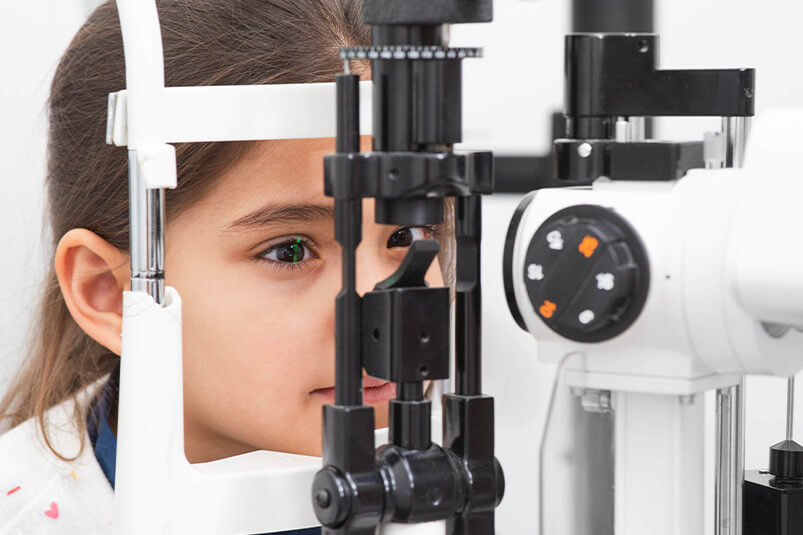
Common Signs of Vision Problems in Children
- Complaining of eyes hurting, itching, or feeling tired
- Frequent eye rubbing or blinking
- Short attention span
- Not wanting to read or do other activities that require seeing things up close
- Frequent headaches
- Covering one eye
- Tilting the head to one side
- Holding reading materials too close to the face
- Seeing double or saying objects look blurry
- Losing their place when reading
- Difficulty remembering what they read
- Sitting too close to the television or computer
- Eyes that don’t line up or appear crossed
- Eyelids that are red-rimmed, crusted, or swollen
- Eyes that are watery or red and inflamed
It’s important to note that some of these symptoms can also be attributed to other conditions, such as ADHD (attention deficit hyperactivity disorder), so children exhibiting any of the above symptoms should be scheduled for a comprehensive eye exam with an optometrist to avoid misdiagnosis.
If you suspect your child may have vision problems, the eye doctors at Kelsey-Seybold Clinic can help. Schedule an eye exam by calling our 24/7 Contact Center at 713-442-0427.

